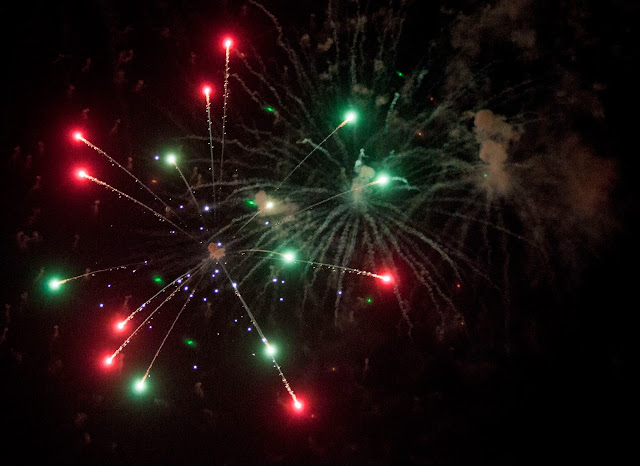pierced by meadow cat's tails
Queen Anne's lace regally wears
a crown of golden wands
Meadows make for interesting interactions among its multifarious inhabitants. Here, the umbel of a wild carrot looks like a white lace parasol adorned with rabbit ears. The golden wands are the seed heads of meadow cat's tail, also commonly called Timothy grass. Rabbits, of course, love carrots, and the root of Daucus carota smells like carrot and is edible when young. Wild carrot looks a lot like poison hemlock, but the carrot smell is one way to distinguish the two, though who's going to dig up a possibly deadly plant to smell the root! In fact, D. carota is the great-grandmother of our domestic carrot.
A spider has left a silken veil on the topmost tips of the basket of bracts enclosing a bud. From this interwoven cup, we see why wild carrot is also called bird's nest. The fine hairs on the solid stem are another way to distinguish it from poison hemlock.
This bud, hanging head down, reveals the twelve rays of spiky bracts fanning out from the base of the blossom. They look as sharp as the thorns of honey locust but are actually quite soft.
This emerging blossom sports pink on the tips of the bracts, like fingernail polish.
The three-pronged bracts beneath the umbel spread out as the umbel swells from concave bud to convex blossom.
In the heart of the fully blossomed umbel sits a tiny red flower, designed to attract insects for the purpose of propagation. The spot of red is supposed to represent a drop of blood from when Queen Anne pricked her finger on a needle while making lace. If you place the white flower in a bowl of water with red food coloring, as we did in a grade school experiment, the plant will draw up the water and the flower will turn red. I wonder why the plant doesn't make the whole flower red to attract more insects. Too much of a good thing?
Perhaps this insect is drawn to the red heart, and as it walks across the dense lacy carpet, its feet may pollinate the tiny white flowers.
The leaves are also lacy, but chemicals in the leaves can cause a skin rash. A good defense for a pretty flower, and probably why the plant is not eaten by deer.
Sometimes the blossoms look like snowflakes falling in summer.
When the flower goes to seed, it folds inward, encased in the spiky protective bracts. Finally, the seed head falls off the stem and becomes a tumbleweed, flying with the wind, carrying its progeny to new frontiers.























